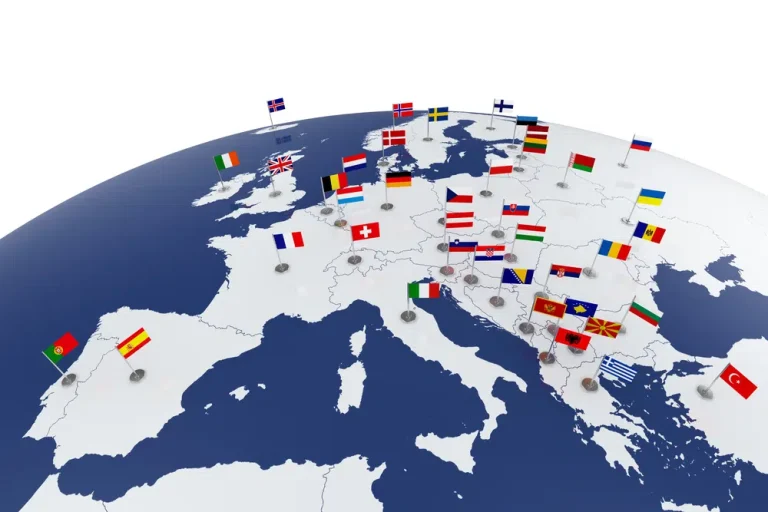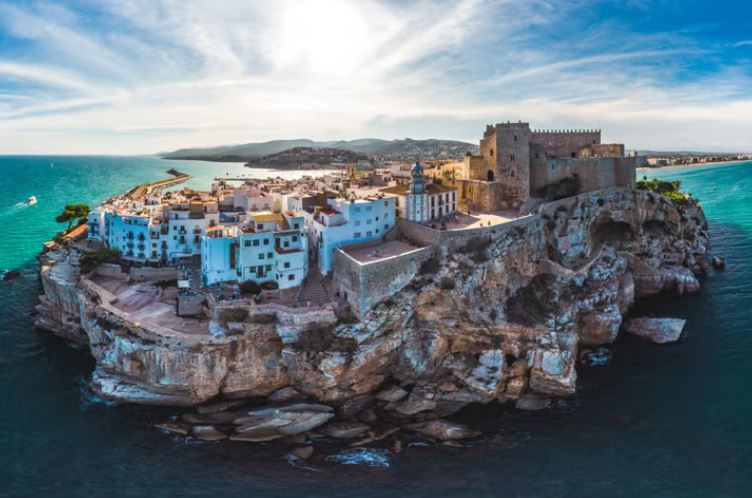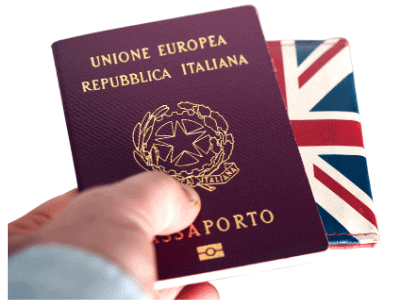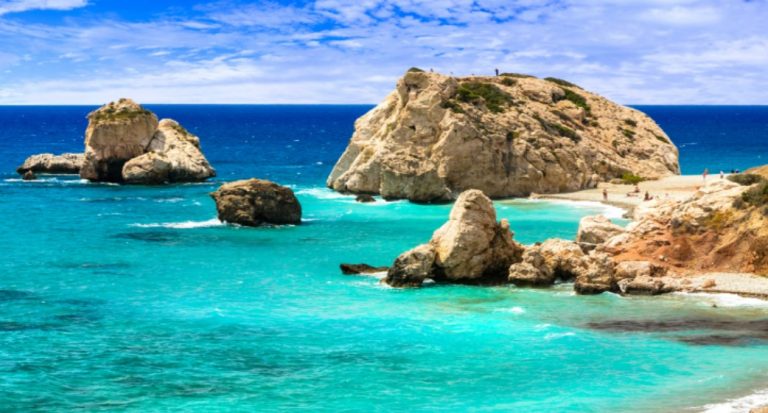
Expert Advice

Golden Visas have emerged as a popular route for individuals aiming to establish residency in Europe. Contrary to common perception, these visas aren’t solely for the ultra-rich. Numerous European countries provide affordable investor residency programs, enabling individuals with modest financial resources to attain residency. This article delves into the seven most budget-friendly Golden Visas in Europe, offering insights into their advantages, limitations, and how they can facilitate the acquisition of dual citizenship.
Read more
At 5 p.m. EST June 17, the Consumer Financial Protection Bureau issued a statement that the effective date for the TILA-RESPA Integrated Disclosure (TRID) rules would be pushed back to Oct. 1, 2015.
CFPB Director Richard Cordray said in a prepared statement: “The CFPB will be issuing a proposed amendment to delay the effective date of the Know Before You Owe rule until Oct. 1, 2015. We made this decision to correct an administrative error that we just discovered in meeting the requirements under federal law, which would have delayed the effective date of the rule by two weeks. We further believe that the additional time included in the proposed effective date would better accommodate the interests of the many consumers and providers whose families will be busy with the transition to the new school year at that time.”
Rainier Title has been working towards the TRID implementation for over a year and felt prepared for August 1st. However, with the proposed delay we will be taking this opportunity to continue our education and training of TRID. While we believe that we have been proactive and ready for this change, there are still so many unknowns that will have to be addressed at the time of implementation. The industry should still prepare for 45-60 days for transaction to close due to the new timing parameters of the forms.
We’re working hard to be ready for all changes!
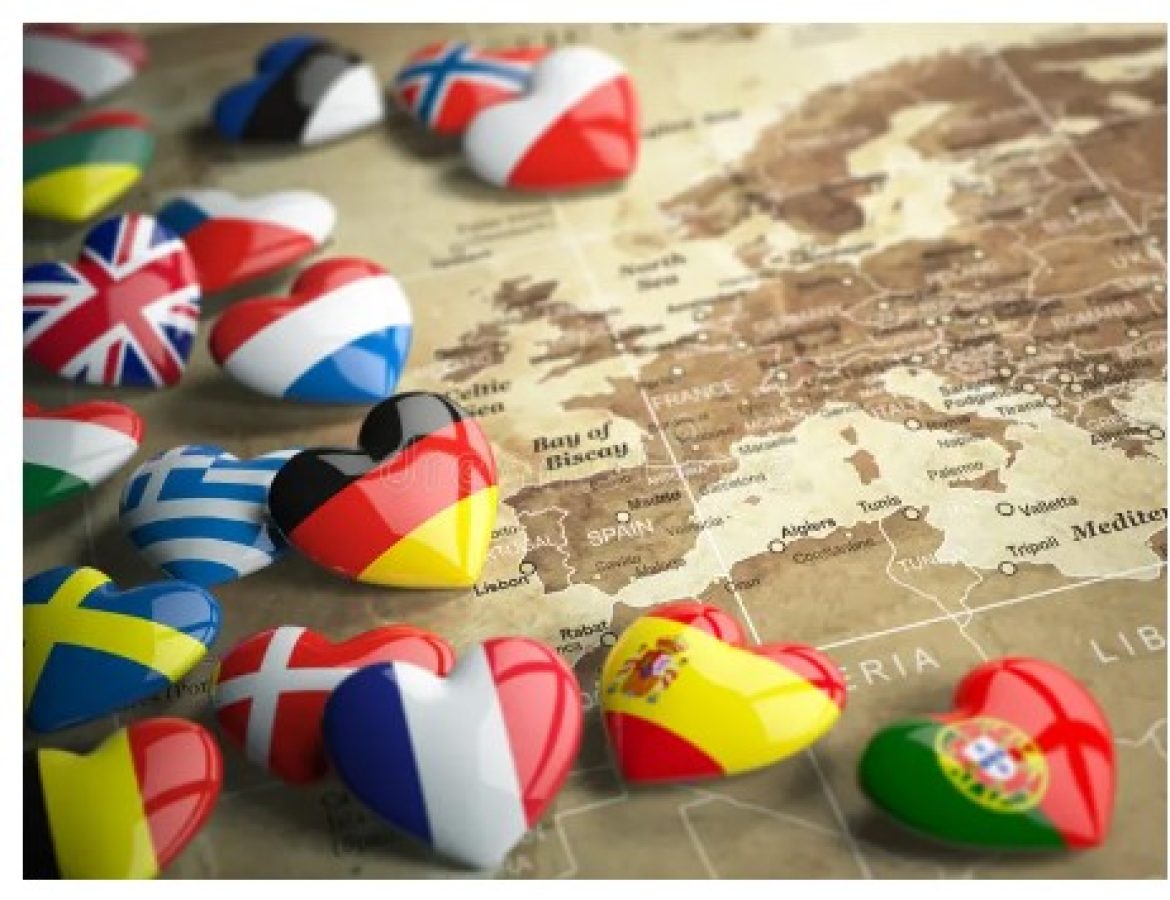
Most Popular
- United Kingdom: The Tier-1 Entrepreneur Visa requires setting up or managing a business in the UK, with prerequisites including English proficiency, access to at least £50,000 in investment capital, a valid passport, and a business plan. Initial applications can be made up to 3 months before travel, with the visa duration extending up to 3 years and 4 months, and eligibility for indefinite leave to remain after 5 years.
- Denmark: The Startup-Denmark visa necessitates approval of your business idea by a panel selected by the Danish Business Authority. Proof of adequate funding covering the first year in Denmark is required, with a minimum of 137,076 DKK for applicants without dependents.
- Sweden: To obtain a residence permit as a self-employed individual, applicants must demonstrate significant industry experience and previous business ownership. Proficiency in Swedish or English is mandatory, along with proof that goods or services will be sold or produced in Sweden, and funds equivalent to SEK 200,000.
- Ireland: The Startup Entrepreneur Programme supports migrants proposing high-potential startups in the innovation sector, requiring funding of €75,000 and the creation of 10 jobs in Ireland within 3 to 4 years, with €1 million in sales. Startups must be headquartered and controlled in Ireland, operating for under six years.
- Singapore: EntrePass applications mandate a valid passport, English employment testimonials, a business plan, and a $50,000 deposit in a Singaporean bank account.
- New Zealand: The Entrepreneur Work Visa necessitates a detailed business plan, proof of English proficiency, and a minimum investment of NZ$100,000.
- Australia: The Investors and Entrepreneur Visa includes Business Innovation and Investment and Business Talent visas, each requiring varying capital, English proficiency, and a business proposal.
- Germany: Entrepreneur visa applicants must submit a comprehensive business plan, financial concept (including profit and loss, capital requirements, and liquidity plans), health insurance details, and a CV.
- Italy: The Italia Startup Visa application can be direct or through a licensed incubator, requiring a business plan, passport copy, proof of financial resources, and €50,000 capital. The visa is renewable for up to 3 years.
- Chile: The Startup-Chile program offers a 6-month acceleration initiative with free workspace and a one-year work visa, targeting startups younger than 3 years with a fully committed core team and a validated product.
- France: The French Tech Ticket facilitates foreign entrepreneurs establishing startups in France, requiring teams of one to three founders, with no more than one French member, and a scalable, innovative business model.
- Thailand: The Smart Visa program supports entrepreneurs investing in new businesses, with a 4-year visa for talents, investors, executives, and startup members.
- Canada: Startup visa applicants need a qualifying business, a support letter from a designated organization, language proficiency, and proof of financial capacity.
- Spain: Entrepreneurs in Spain must establish either a Sociedad Anónima (S.A.) or Sociedad Limitada (S.L.), with varying minimum capital and shareholder requirements, alongside a business plan.
- Belgium: The Golden Visa program requires investment in a Belgian company, offering permanent residence and citizenship eligibility after five years, with investments typically ranging from €350,000 to €500,000.

Most Popular
New Opportunity in Presicce-Acquarica
Last year, another Italian town, Presicce-Acquarica, launched a similar campaign, offering up to €30,000 to encourage people to relocate there. What’s the Offer? Presicce-Acquarica, located at the southern tip of Italy’s Puglia region, is offering up to €30,000 to new residents for purchasing and renovating a home. The initiative, named “Welcome to Presicce-Acquarica,” comes with specific terms and conditions: – Applicants must move their official residency to the town and commit to staying for at least 10 years. – The grant can be used to buy and renovate a home built before 1991, representing about 30% of the local properties. – The €30,000 cannot exceed 50% of the total investment in the property. While the offer is currently not available, interested individuals can monitor the municipality’s website for updates. Real Estate Costs In Presicce-Acquarica, home prices range between €50,000 and €150,000, with an average cost of around €500 per square meter. The region is known for its potential properties and beautiful landscapes. Paying Taxes in Italy New residents will be subject to Italian income tax on their global income, including salaries, capital income, and land income. Italy has double taxation agreements with many countries, including the United States, to prevent being taxed twice on the same income. Tax rates in Italy are as follows: – 23% on income up to €15,000. – 25% on income from €15,001 to €28,000. – 35% on income from €28,001 to €50,000. – 43% on income above €50,000. Additionally, regional income tax ranges from 1.23% to 3.33%, and municipal tax can be up to 0.9%. Social security contributions are around 10% for employees and 26% for the self-employed. Living in Presicce-Acquarica Presicce and Acquarica, two towns that merged in 2019, form a municipality with a population of nearly 10,000. The town has a rich history and scenic surroundings with olive groves, vineyards, and nearby Ionian and Adriatic beaches. – History and Culture: Presicce’s history involves ancient settlements and a notable period as a major olive oil producer. Acquarica is known for its castle and a chapel dedicated to St. Francis of Assisi. – Economy: Agriculture is prevalent, with crops like tomatoes, artichokes, aubergines, and wheat, alongside sheep farming. – Lifestyle: The town offers a serene lifestyle with access to beautiful beaches like Torre San Giovanni and Lido Marini, and a diet rich in fresh seafood. Italy Digital Nomad Visa For those not ready to invest in a property, Italy is also introducing a digital nomad visa (DNV). Expected to be valid for one year initially, the DNV will likely require a minimum income of €2,500 per month. This visa could be an excellent option to experience Presicce-Acquarica before making a long-term commitment. By considering these opportunities, you can enjoy the unique charm of Italian towns while benefiting from financial incentives and exploring potential new lifestyles.Most Popular
Read more

Most Popular
Costa Rica
Why: Costa Rica leads the Index thanks to its new 180-day tourist visa, making part-time living easier. Its commitment to environmental sustainability and reputation for safety and political stability make it attractive. Where to Move: Popular expat areas include Atenas, Grecia, and San Ramón in the Central Valley, offering mild climates and fertile lands. Tamarindo provides modern amenities and beautiful beaches, while Puerto Viejo de Talamanca offers a laid-back Caribbean vibe. The Cost: A retired couple can live well on $2,000 a month, while singles can thrive on $1,600 a month. Healthcare in Costa Rica is top-notch and significantly cheaper than in the U.S., adding to the savings.Portugal
Why: Portugal, although slightly lower in the rankings this year due to changes in visa and tax benefits, remains the top European destination for its affordability and charm. Where to Move: Choices range from Lagos’ maritime heritage to Vilamoura’s sophisticated urban living and Tavira’s serene riverside settings. Up-and-coming areas like the Silver Coast and the island of Madeira are also recommended. The Cost: Couples can live comfortably starting at $2,200 a month, while singles can do well starting at $1,700 a month. Dining out is affordable, and groceries and services are cheaper than in many parts of the U.S.Mexico
Why: Mexico offers a wide variety of lifestyle and climate options. Well-established expat communities ease the transition and integration process. Where to Move: Mexico’s colonial heartlands, Riviera Maya beaches, and vibrant Pacific shores all offer unique experiences. Cities like Querétaro balance historic charm with modern energy. The Cost: Couples can live comfortably on $1,500 to $2,000 per month, and singles on $800 to $1,200. This budget covers housing, utilities, and food, allowing for a higher standard of living compared to many U.S. cities.Panama
Why: Panama offers unbeatable residency options and high quality of life. Using the U.S. dollar simplifies finances, and the country’s healthcare is among the best globally. Where to Move: From Panama City’s modern skyline to Coronado’s beachside luxury and Boquete’s highland tranquility, there’s something for everyone. The Cost: Couples can enjoy a fulfilling lifestyle starting at $2,000 a month, while singles can start at $1,200. Housing and healthcare are significantly cheaper than in the U.S.Spain
Why: Spain combines low living costs with exceptional healthcare. Its vibrant lifestyle and culinary excellence come at an affordable price. Where to Move: Madrid’s historic streets, Costa Blanca’s beaches, Pyrenees’ mountain scenery, and Marbella’s luxury beachfront living offer diverse choices. The Cost: Couples can live comfortably starting at $2,000 a month, with singles spending between $1,500 and $2,000. Regional costs vary, but overall, Spain offers affordable European living.Ecuador
Why: Ecuador’s mix of beaches, mountains, and rainforests provides a low-cost, luxurious lifestyle. It’s rich in cultural and geographic diversity with a pleasant climate. Where to Move: Cuenca’s historic charm, Salinas and Olón’s coastal allure, Quito’s vibrant city life, and Vilcabamba’s mountain tranquillity offer varied living options. The Cost: Couples can live well on about $2,000 a month, while singles can manage on roughly $1,000 a month. Housing, transportation, and groceries are notably cheaper than in the U.S.Greece
Why: Greece offers a low cost of living, beautiful destinations, and high-quality, affordable healthcare. Its Golden Visa program provides an accessible path to residency. Where to Move: Athens offers urban conveniences at lower costs, while Crete and Corfu provide a slower pace and affordable living. The Peloponnese mainland offers rustic charm. The Cost: Living costs are up to 50% lower than in the U.S. Dining out is affordable, and housing costs range from $331 to $662 monthly for city apartments.Malaysia
Why: Malaysia is a “hidden gem” with stunning landscapes, friendly locals, and budget-friendly living. It’s a liberal country in the Muslim world, attracting expats for centuries. Where to Move: Kuala Lumpur offers city buzz and cultural diversity. Penang provides historical charm and great street food, while Langkawi and the Cameron Highlands offer beautiful and tranquil settings. The Cost: Couples can live comfortably at about $2,000 per month, while singles on around $1,000. Housing and dining out are notably affordable.France
Why: France offers sophisticated European living at a lower cost, especially outside Paris. The country combines high culture, excellent healthcare, and vibrant lifestyle options. Where to Move: Toulon offers affordable living near the Côte d’Azur, while Sarlat-la-Canéda in Dordogne and Huelgoat in Brittany provide historical charm and bucolic tranquillity. The Cost: Comfortable living is possible on a lower budget. A two-bedroom apartment in Toulon can be rented for about €800 monthly, with even lower costs in rural areas.Colombia
Why: Colombia’s diverse landscapes, welcoming culture, and affordability make it a top choice. It’s the world’s second-most biodiverse country, offering rich urban and natural experiences. Where to Move: Taganga offers beach life, Bogotá provides a vibrant urban environment, and Medellin blends modern amenities with traditional culture. Smaller cities like Manizales and Pereira are even more affordable. The Cost: Living costs range from $1,000 monthly in smaller cities to around $2,000 in larger cities like Medellin. Housing, utilities, and daily expenses are all significantly cheaper than in the U.S. Explore these affordable destinations to turn your dream of living abroad into reality.
List
European Property Investment: Your Guide to Profitable Ownership
Top 10 International Retirement Destinations for 2024
The 30-Year Real Estate Upswing: A New Era of Global Investment
EU Countries Offering Citizenship by Descent and Their Application Rules
Modernizing the Cypriot Tax System
Exploring Croatia: The 4 Most Affordable Cities for Digital Nomads
Read more
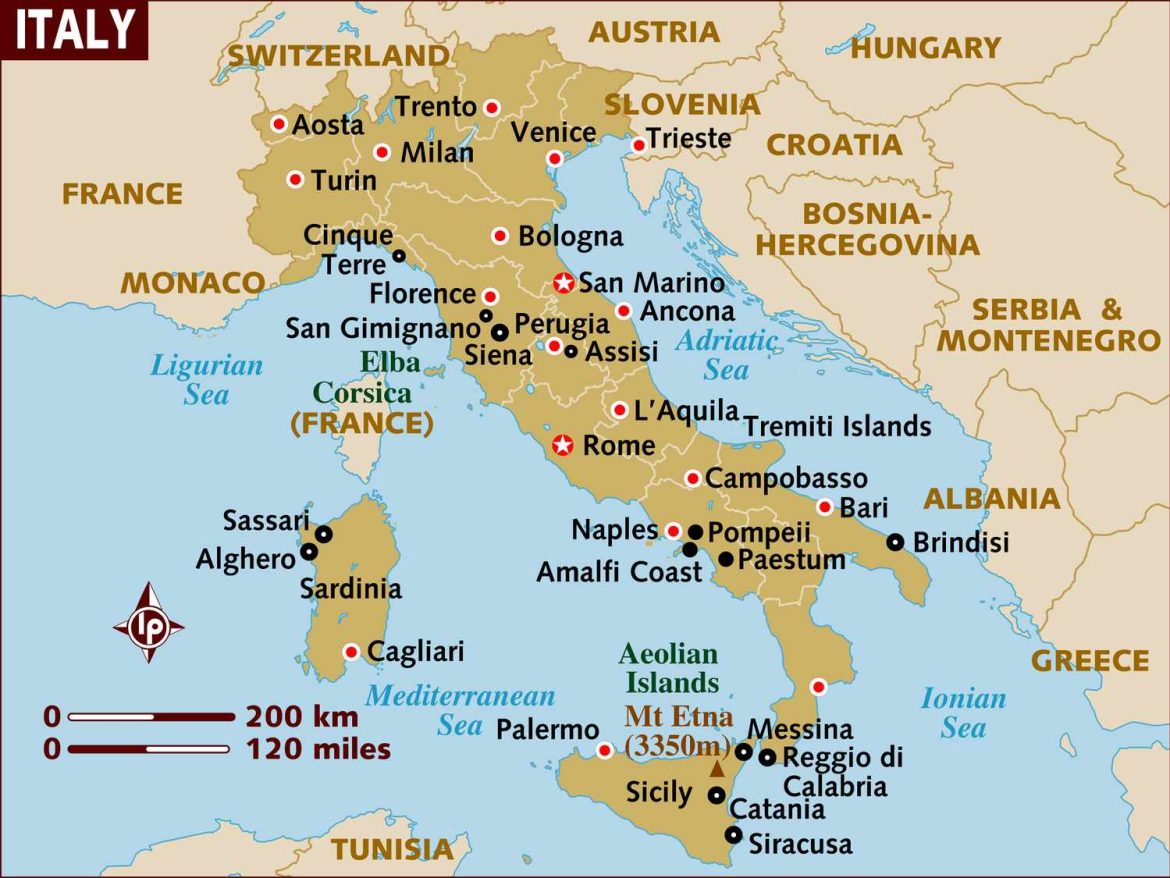

Most Popular
Read more

